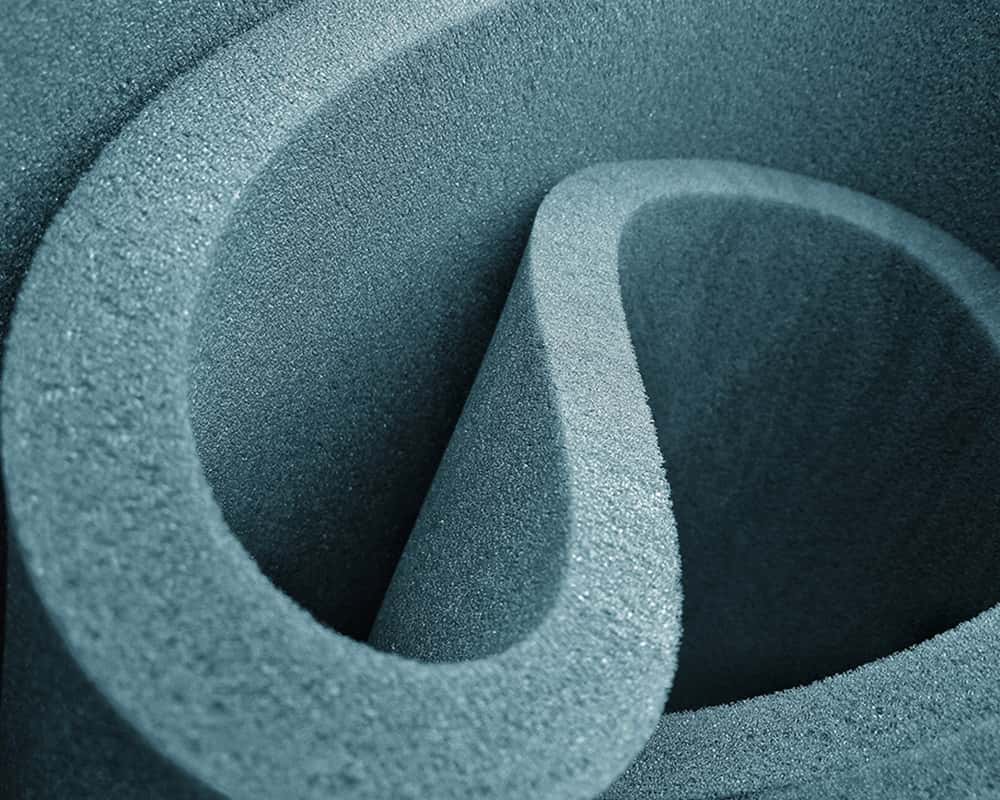Graphite foam is a lightweight, open-cell structure made of carbon. It has a spongy appearance and is often used as an insulation material or thermal conductor. Graphite foam can be made from different types of carbon, including natural graphite, synthetic graphite, or even graphene. The foams are typically produced by pyrolysis of a polymer precursor followed by controlled expansion to create the desired cell size and structure.
The unique structure of graphite foam gives it several advantages over other materials. For example, its high porosity allows for good heat and electrical conductivity while its low density makes it ideal for applications where weight is a factor, such as in aerospace engineering. Additionally, graphite foam is non-combustible and has a high resistance to chemical attack. These properties make it an attractive material for use in many industries, including automotive, construction, electronics, and more.


